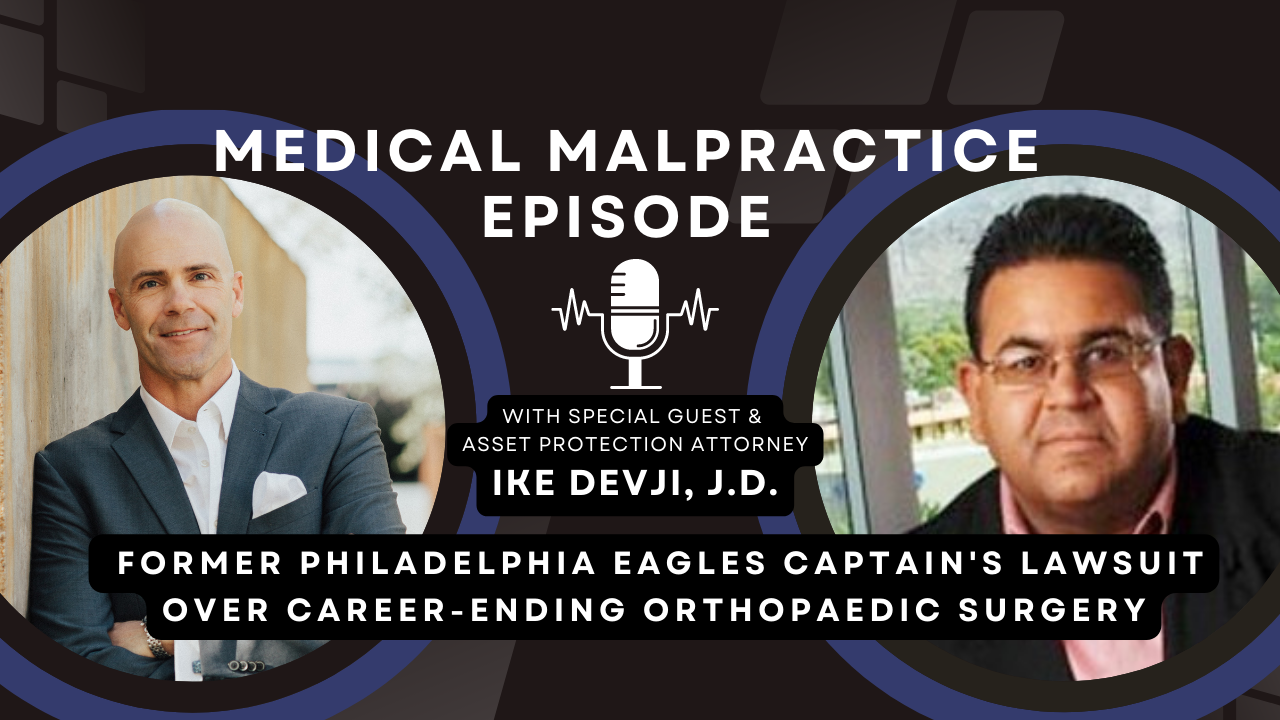
Capitalize by Investing in These 3 Tax Friendly Money Types
Seems like a simple question, right? Yet so often we encounter people who aren’t maximizing these simple strategies, which ultimately result in more wealth building.
THE #1 TYPE OF MONEY: FREE MONEY
Who doesn’t want free money?! How does one go about getting free money? Play the lottery. Inheritance. Employer match. For most, the first two options have no chance of ever occurring. However, many employers offer a match on contributions to the employer-sponsored retirement plan, e.g. 401k, 403b.
The employer match may be structured in a variety of ways: 50 cents on every dollar contributed for the first 6%, dollar for dollar up to X%, 25 cents on the dollar, etc. This is free money. In any of these scenarios, you are immediately receiving 25, 50 or even 100% on your money.
Employer match is subject to a vesting schedule that comes in 3 forms:
Immediate Vesting: Just as the name implies, employees with this type of vesting plan gain 100% ownership of their employer’s matching money as soon as it lands in their accounts.
Cliff Vesting: Cliff vesting plans transfer 100% ownership to the employee in one big chunk after a specific period of service (for example, one year). Workers have no right to any of their matching contributions if they leave before that period expires. But the day they reach the landmark date, they own it all. Federal law requires that cliff vesting schedules in qualified retirement plans such as a 401(k) or a 403(b) not exceed three years.
Graded Vesting: Graded vesting gives employees gradually increasing ownership of matching contributions as their length of service increases, resulting in 100% ownership. For example, a five-year graded vesting schedule might grant 20% ownership after the first year, then 20% more each year until employees gain full ownership (100%) after five years. If the employee leaves before five years are up, she gets to keep only the percentage of the employer’s matching contributions in which she is vested. Federal law sets a six-year maximum on graded vesting schedules in retirement plans.
At a minimum, fund your employer plan to the company match. If you are in a high tax bracket, have additional cash flow and ample funds available without restriction, it is advisable to fund at the annual contribution limit applicable to your plan.
THE #2 TYPE OF MONEY: TAX-FREE MONEY
Doesn’t that sound terrific?! No matter what our friends in Congress do with respect to tax brackets, if you have contributions allocated to vehicles providing tax-free distributions, you are able to rest easy knowing that this portion of your wealth will NOT be exposed to taxes.
You may be asking, what vehicles provide for this type of tax treatment. The list is as follows:
- Tax-free municipal bonds
- 529 education fund
- Properly structured life insurance policy
- Roth IRA’s
It’s important to be aware of the pros/cons of each of these vehicles so please consult with your advisor.
Municipal bonds (or “munis” for short) are debt securities issued by states, cities, counties and other governmental entities to fund day-to-day obligations and to finance capital projects such as building schools, highways or sewer systems. The interest income earned from most municipal bonds is exempt from all federal income taxes regardless of your tax bracket.
This is the most significant benefit of municipal bonds and it is a characteristic unique to municipal bonds. Not even US Treasuries offer income that is free from federal income taxes. Additionally, municipal bonds can be free of state income taxes as well. In most states, the interest income from municipal bonds issued by an issuer in the state is free from state income taxes in that state.*
529s offer tax-deferred growth and tax-free distributions so long as the distributions are used for the primary expenses of an accredited university. In addition to the federal tax savings, over 30 states currently offer a full or partial tax deduction or credit for 529 plan contributions. With few exceptions, the donor maintains control over the money.
The named beneficiary has no legal rights to the funds so you can assure the money will be used for its intended purpose. While beneficiary change does provide flexibility to change the beneficiary should the original beneficiary not need the money, proper funding is essential. Once the money is in the plan it can only be used for the one purpose of primary education expenses.**
Life insurance, again properly structured, i.e. shrink the death benefit and premiums approach modified endowment contract limit, offers tax-deferred growth and by utilizing a combination of withdrawals and loans, the proceeds can be accessed tax-free. In addition, many states provide unlimited creditor protection on the accumulated funds. These features make it exceptionally attractive for long term goals such as retirement or education funding.***
The Roth IRA, for long-term growth, is an absolute home run. A Roth IRA is a special retirement account that you fund with post-tax income (you can’t deduct your contributions on your income taxes). Once you have done this, all future withdrawals that follow Roth IRA regulations are tax-free.
There is no up-front tax deduction for Roth IRA contributions, however, Roth distributions are tax-free when you follow the rules. And because every penny you stash in a Roth IRA is your money—not a tax-subsidized gift from Uncle Sam—you can tap your contributions (but not your earnings on those contributions) at any time, tax-free and penalty-free.
Like beauty, the benefit of a Roth IRA is in the eye of the beholder. It all depends on the beholder’s tax bracket—both now and when he or she retires.****
THE #3 TYPE OF MONEY: TAX-MANAGED MONEY
One of the challenges our clients face is when trying to grow their non-retirement money and lessening the impact of taxes. Thankfully, there are strategies which exist to significantly decrease this impact: Minimize turnover within the portfolio. Harvest losses. Buy stocks that don’t pay dividends. Utilize wash sales. Presuming your income and taxes are high, doesn’t it make sense to utilize strategies to decrease taxes?
Tools to Ease Your Uncertainty – Each of these strategies can be very helpful in managing tax consequences:
- Tax-lot accounting: A method of accounting for a securities portfolio in which the manager tracks the purchase, sale price and cost basis of each security. This allows the manager to “swap” a batch of stocks with long-term gains for a batch with smaller, short-term gains.
- Loss harvesting: Allows the manager holding stock at a loss to sell all or part of it to realize the loss and create an “asset” that may help offset some future gain.
- Wider rebalancing ranges: A wider rebalancing range can help reduce the number of trades made to your portfolio within a range of the target allocation, say a 60% equity and 40% bond allocation, which may lead to lower realized capital gains and corresponding taxes.
- Gain-loss offset: Involves selling securities at a loss that have dropped in price at year-end to help offset gains from selling securities that have increased in price.
- Delaying the sale of stocks that are about to become a long-term holding.
- Identifying the most tax-advantaged stock sales for the purpose of making charitable donations.
- Identifying the most tax-advantaged (high-cost basis) stocks to sell for investors seeking regular income from their portfolios.
These strategies must be critically evaluated and properly utilized. Consult with your advisor and tax professional to make certain you are maximizing your opportunities.
If you’d like to discuss this matter with us in more detail then we invite you to contact us and we’ll be happy to help.
*Fixed income investments are subject to various risks including changes in interest rates, credit quality, inflation risk, market valuations, prepayments, corporate events, tax ramifications, and other factors.
The value of bonds fluctuates with changes in market conditions. When sold, bonds and bond shares may be worth more or less than their original cost. As interest rates rise, bond prices typically fall, which can adversely affect a bond’s performance. Specific bonds differ in their sensitivity in changes to interest rates depending on their individual characteristics, including duration. Call risks: Declining interest rates may accelerate the redemption of a callable bond, causing an investor’s principal to be returned sooner than expected.
Investment income from municipal bonds may be subject to the alternative minimum tax (AMT), and capital appreciation from discounted bonds may be subject to state or local taxes. Capital gains are not exempt from federal income tax.
** Investors should consider the investment objectives, risks, and charges and expenses associated with 529 plans before investing. More information regarding 529 plans is available in the issuer’s official statement. Please read the official statement carefully before investing. Investors should also consider, before investing, whether their home state or the home state of the beneficiary offers any state tax or other benefits that are only available for investments in such state’s qualified tuition program.
Although plans are established and maintained by states, the states do not provide guarantees against investment loss, except in certain very limited cases. As with any investment in a mutual fund or other equity security, an investment in a 529 college savings plan can decrease in value. Earnings on a distribution not used for qualified expenses may be subject to income taxes and a 10% federal penalty. Please note that the availability of tax or other benefits may be conditioned on meeting certain requirements such as residency, purpose for or timing of distributions or other factors as applicable.
Section 529 College Savings Plans are higher education savings plan trusts established under Section 529(b) of the Internal Revenue Code as “qualified tuition programs.” The plans include interest in pooled investment funds under trusts established by states or local governmental entities, as well as higher education savings plan trusts established by states. Although these plans have investment features similar to mutual funds or variable annuities, they are municipal securities. Accordingly, the purchase and sale of state-sponsored Section 529 Plans are governed by the rules of the Municipal Securities Rulemaking Board (MSRB).
***The cost and availability of life insurance depend on such factors as age, health, and the type, and amount of insurance purchased. Before implementing a strategy involving life insurance, it would be prudent to make sure that you are insurable by having the policy approved prior to canceling or changing an existing one.
Accessing the cash value tax-free of a life insurance policy involves borrowing cash through loans. These loans are charged interest and reduce the death benefit and cash value of the policy. If a policy lapses or is surrendered with an outstanding loan, a portion may be taxed as a distribution.
****To qualify for the tax-free and penalty-free withdrawal of earnings, a Roth IRA must be in place for at least 5 tax years, and the distribution must take place after age 59 ½ or due to death, disability, or a first-time home purchase ($10,000 lifetime maximum). Depending on state law, Roth IRA distributions may be subject to state taxes.
Eligibility to contribute to a Roth IRA phases out at higher modified adjusted gross income level.
Securities and advisory services offered through Cetera Advisors LLC, Member FINRA/SIPC, a broker/dealer and a Registered Investment Advisor. Cetera is under separate ownership from any other named entity.







